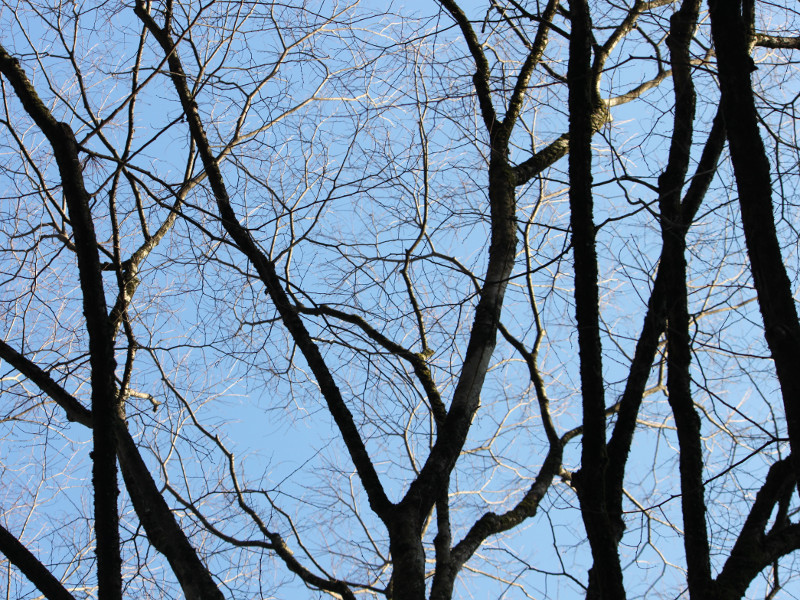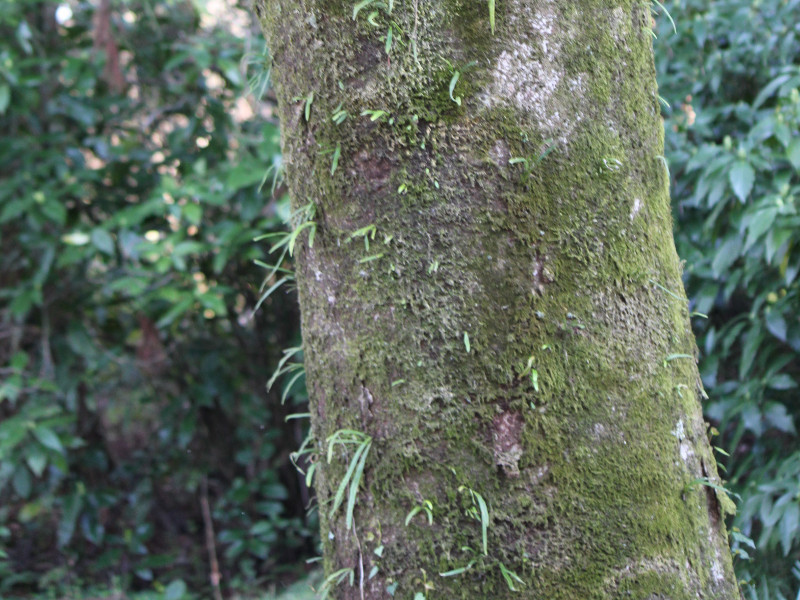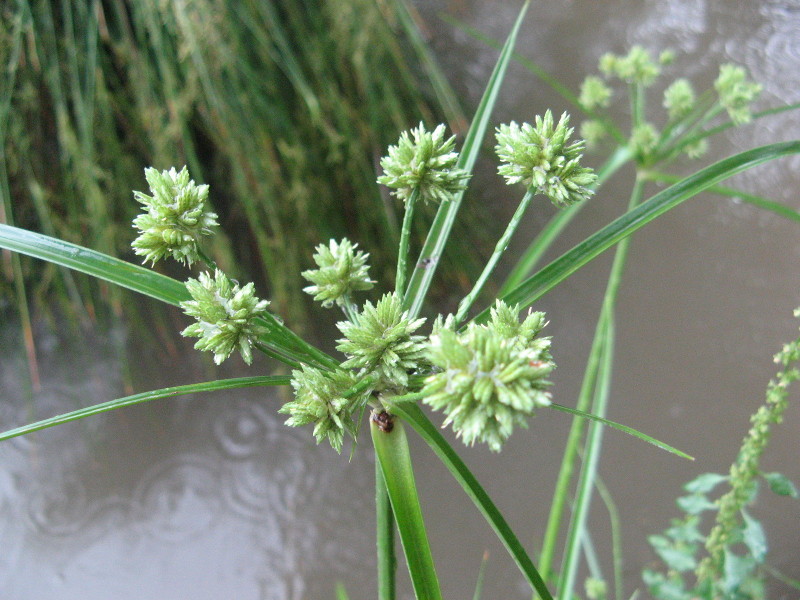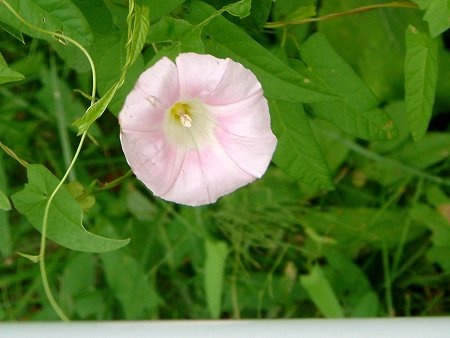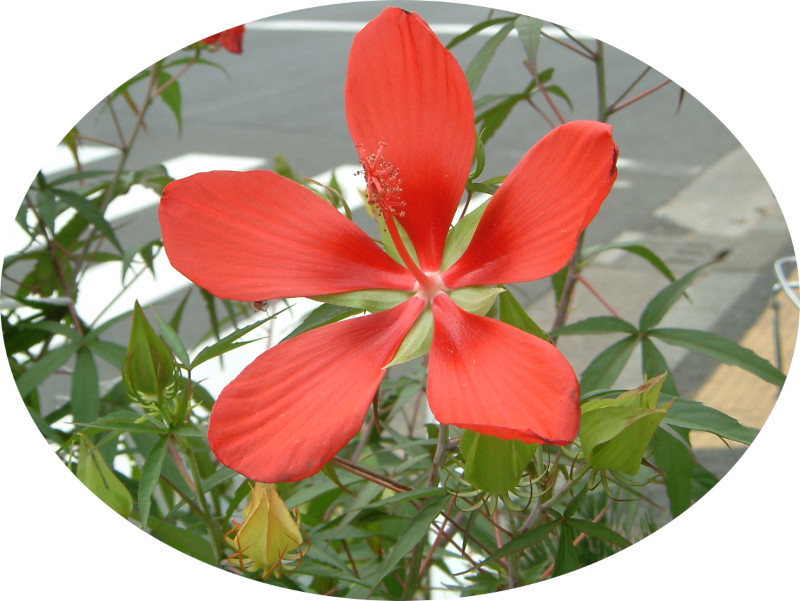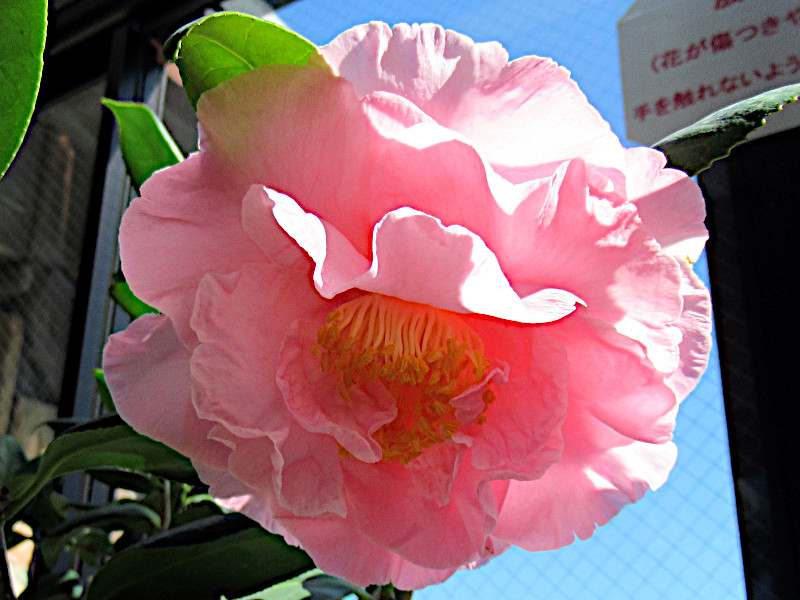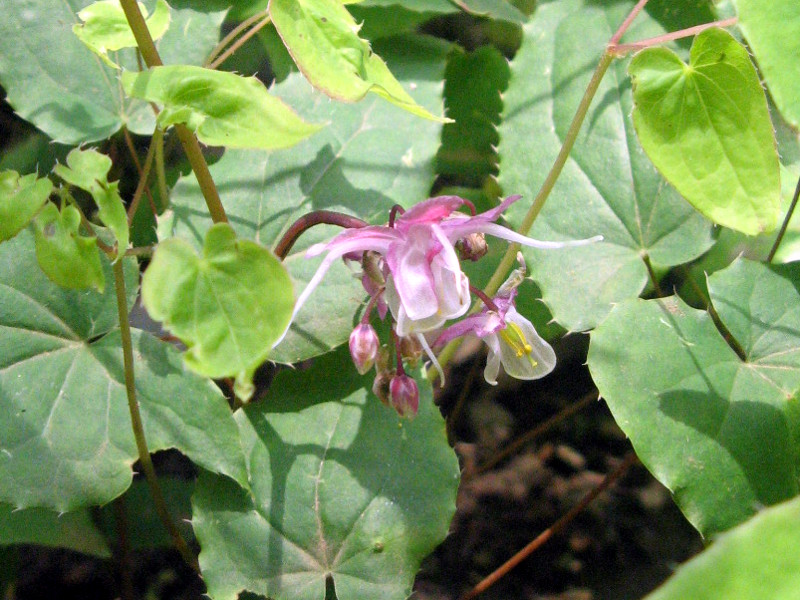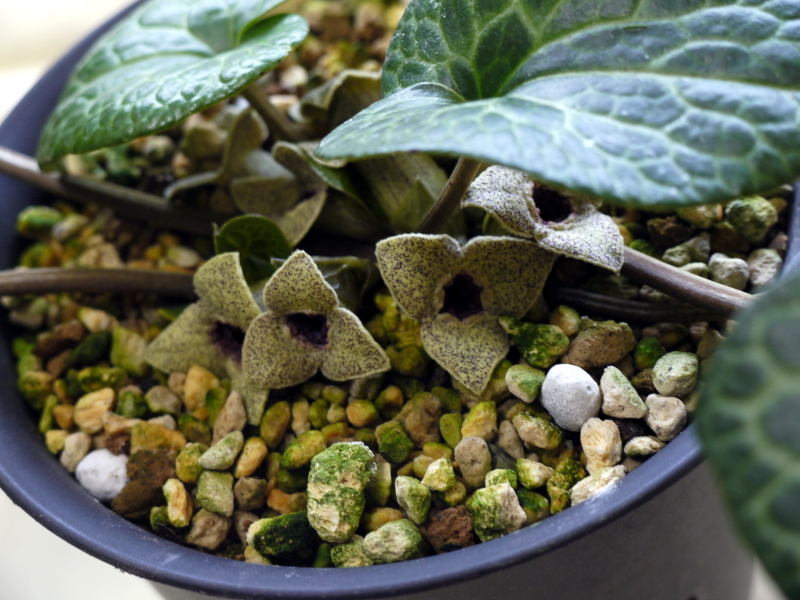Japanese zelkova
- Flower nameJapanese zelkova
- Scientific nameZelkova serrata
- Alias欅, Japanese zelkova
- Place of originJapan
- Place of floweringGarden, Park
- Flowering seasonApril, May
What is Japanese zelkova
Japanese zelkova ( gakumei: Zerukoba serrata) to wa, Higashiajia gensan de, nire-ka keyaki zoku no rakuyō Takagidesu. < A href =" https: / / Www. Furawā - db. Komu/ ja/ furawā: 1319">< I class =" linkify aikon"> i > someiyoshino a > (someiyoshino) to dōyō, hana wa ha no deru mae ni sakimasu. Shiyūdōkabu, shiyūikadesuga, hanairo wa dochira mo ōryokushokudesu. Ha ni kyoshi ga arimasu. Taiboku to nari, mokume ga utsukushiku zaishitsu ga katai, akinomomiji ga utsukushīnode, jumoku wa kōen-ju ya gairoju, niwaki, bōfū-rin ni, mokuzai wa, jinja ya ie no daikokubashira nado no kenchiku-zai, kagu, mokuzō kigu ni, juhi wa senryō ni, kajitsu wa yachō ya yasei dōbutsu no esa ni tsukawa reru yūyōna kidesu. Namaenoyurai wa, medatsu to iu imi no, kogo no keyakeshi kara tsuke raremashita. Ippan-mei: Keyaki (keyaki), gakumei: Zerukoba serrata, betsumei: Tsuki, Tsuku (izure mo,< a href =" https: / / Www. Furawā - db. Komu/ ja/ furawā: 1280">< I class =" linkify aikon"> i > Keyaki a >), japanīzu zelkova, bunrui-mei: Shokubutsu-kai hishishokubutsu shinseisōshiyōrui bara-me nire-ka keyaki zoku, seisoku bunpu: Higashiajia to Nihon no Honshū kara Kyūshū, seikatsu-gata: Rakuyō Kōyō Takagi, juhi: Kaikasshoku, Kidaka: 20 M (ōkī mono wa 50 m ni), hairo: Midori → kōyō (aki), yōjo: Gosei, hakata: Kyōrankei de sentan togaru kyoshi: Ari, shiyūdōkabu, shiyūika, hanabira: Nashi, kajo: Tan nama matawa taba-jō (mebana), taba-jō (obana), kakei: 0. 2 ~ 0. 3 Cm kaika-ki: 4 Tsuki ~ 5 tsuki, hanairo: Ōryokushoku (obana, mebana tomo), hana no deru basho: Yōeki, kajitsu-gata: Sōka, ketsujitsu-ki: 10 Tsuki, kajitsu-iro: Ankasshoku, kajitsu Wataru: 0. 4 - 0. 5 Cm, kajitsu katachi: Ryōkaku no aru henkyūkei, kajitsu-iro: Midori → kaikokushoku, yōto: Jumoku wa kōen-ju ya gairoju, niwaki, bōfū-rin ni, mokuzai wa, jinja ya ie no daikokubashira nado no kenchiku-zai, kagu, mokuzō kigu ni, juhi wa senryō ni, kajitsu wa yachō ya yasei dōbutsu no esa ni. Tokuchō: Taiboku to naru, mokume ga utsukushī, zaishitsu ga katai, akinomomiji ga utsukushī. Namaenoyurai: Medatsu to iu imi no, kogo-go no keyakeshi kara. Zelkova serrata is a native of East Asia, and it is a deciduous trees of Zelkova genus. As with Yoshino cherry , flowers it will bloom before the leaves come out. Both sexes are different flowers, but flower color is both yellowish green. There are saw teeth on the leaves. As the tree becomes beautiful, the material is hard, the autumn leaves are beautiful, the trees are in the park tree, the street trees, the garden tree, the windbreak forest, the wood in the building pillar of the shrine and the house, the furniture, the wooden appliances, the bark Is a useful tree used for dyeing, fruits are used for wild birds and wildlife feed.
Generic name: Japanese zelkova , siiensfic name:Zelkova serrata, aka: keyaki, distribution: East Asia and Honshu to Kyushu in Japan , living Type: Deciduous broad leaved trees, bark: gray brown, height: 20 m (large ones to 50 m), leaf color: green → autumn leaves (autumn), leaves: alternate, leaf shape: narrow egg-shaped and saw-tooth-edged: Flower color: yellowish green (male flower (male flower), flower color: yellowish green (male flower), flower color: yellowish green (male flower) Fruit color: dark brown, fruit diameter: 0.4 to 0.5 cm, fruit shape: oblate spherical shape with a crest angle, fruit color: green → gray black, use: trees are park trees and streets , Garden, to windbreaks, wood, building materials, such as shrines and home mainstay, furniture, wooden instrument, bark to dye, fruit to feed the birds and wild animals. Features: Become big tree, wood grain is beautiful, material is hard, Autumn leaves are beautiful. Origin of name: Keyaki. Remarks: Zelkova Horse rotiferous beetle adheres, breeding seedlings.
